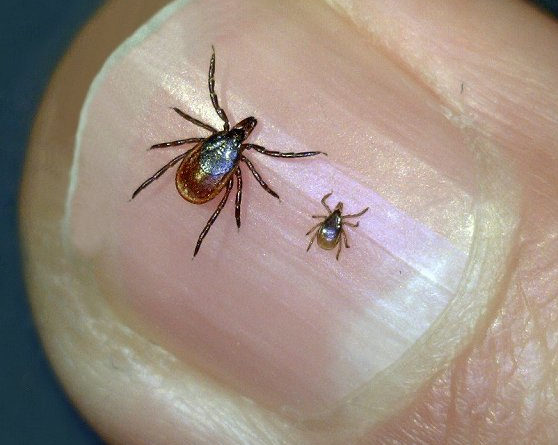
After the drawn-out drizzle and chill of late winter, it’s finally full-blown spring in Maine. For many residents of the Pine Tree State, it’s time to get out into the natural world to garden, hike, play and work.
Unfortunately, the advent of warmer weather brings its own problems. Among these is the growing geographic range of ticks, those tiny arachnids, and the dangerous human diseases they transmit. In addition to rising rates of Lyme disease, the best-known of these tick-borne diseases, Maine is seeing a smaller but growing caseload of anaplasmosis, babesiosis, ehrlichia and Powassan virus, all potentially serious and even deadly infections that should be of concern to anyone who works or plays outside.
In 2017, nearly 1,800 Mainers contracted Lyme disease, setting a new record for a disease that has been increasing dramatically here in recent years. In 2016, 1,496 cases of Lyme were reported in Maine, up from 1,210 cases in 2015, according to data from the Maine Center for Disease Control.
One of them was Karen Greenlaw, a 61-year-old registered nurse who lives in Orrington. She also contracted babesiosis, possibly from the same bite. Her symptoms started on Thanksgiving, a few weeks after she found an engorged tick on her bathroom floor.
“I thought I had the flu,” she said. “I couldn’t eat, I had a fever, I couldn’t even move I was so fatigued.” A provider at the nearest urgent care center swabbed her throat and took a blood sample, then sent her home with a prescription for an antiviral flu medicine.







